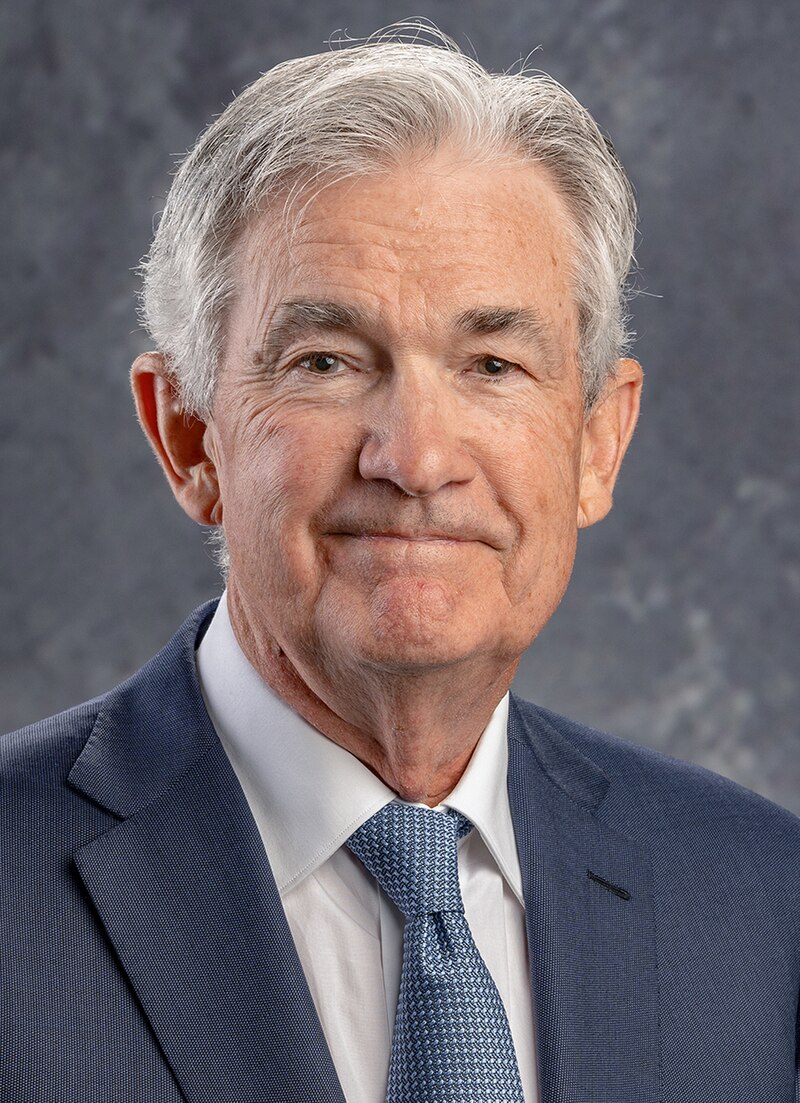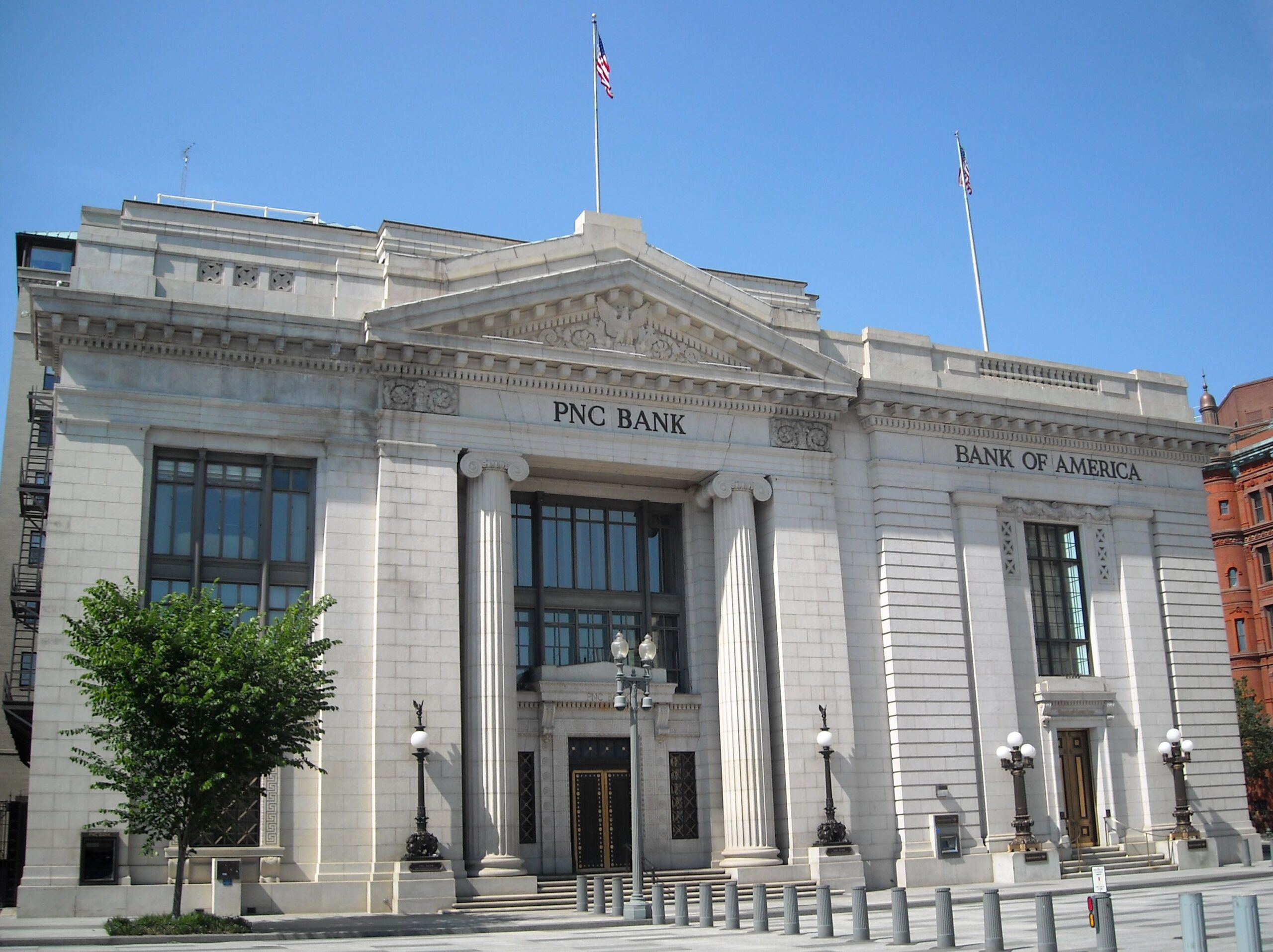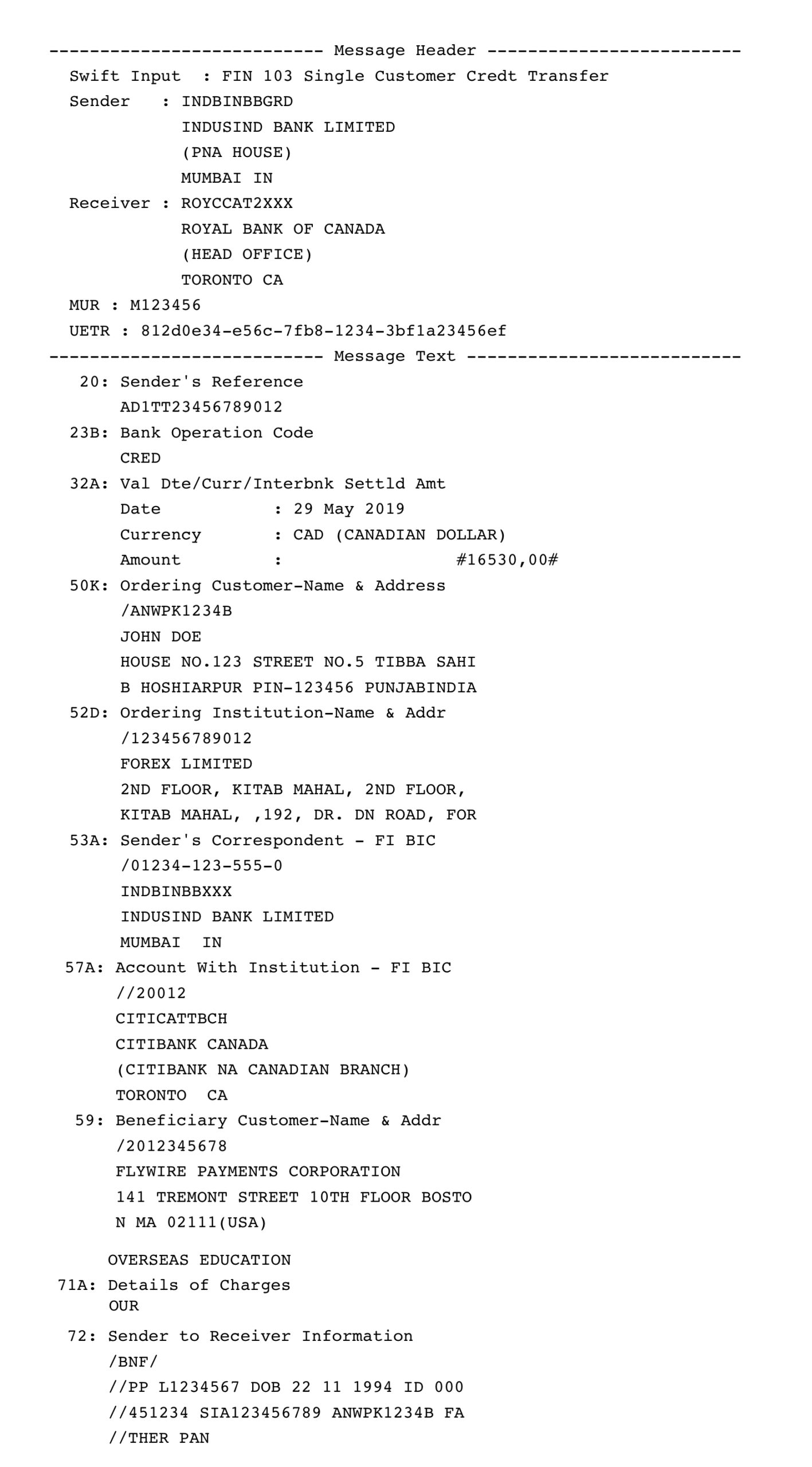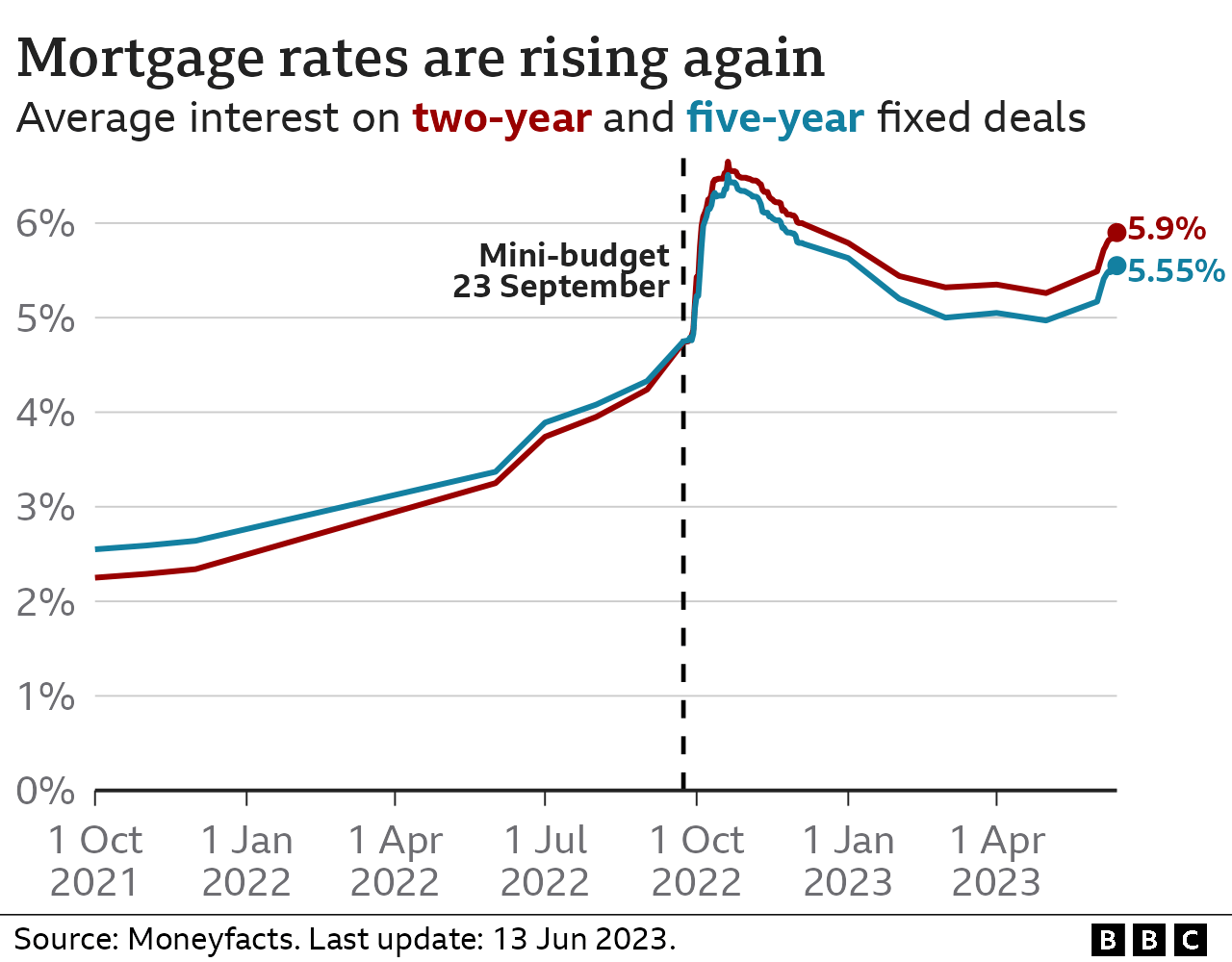
Introduction
Jerome Powell, the Chair of the Federal Reserve, plays a crucial role in shaping the economic landscape of the United States and, by extension, the world. His decisions regarding monetary policy are closely monitored by economists, investors, and policymakers, as these can significantly influence interest rates, inflation, and overall economic growth. As of late 2023, Powell’s leadership is under greater scrutiny, particularly due to ongoing economic challenges heightened by inflation and global economic uncertainty.
Economic Landscape Under Jerome Powell
Since taking office in 2018, Powell has navigated a myriad of economic situations, including the impacts of the COVID-19 pandemic and the subsequent recovery phases. Initially, his tenure was marked by efforts to sustain low unemployment rates while normalizing interest rates after a prolonged period of near-zero rates following the financial crisis. However, the pandemic prompted emergency measures, including near-zero interest rates and aggressive asset purchases, to support the economy.
In 2021, as inflation began to rise sharply due to supply chain disruptions and increased consumer demand, Powell shifted his focus toward tapering asset purchases and eventually raising interest rates. This strategy aimed to curb inflation, which had reached a nearly four-decade high, impacting everyday consumers and businesses alike.
Recent Developments
In September 2023, the Federal Reserve decided to maintain interest rates but hinted at the possibility of future increases depending on inflation trends and employment data. Powell emphasized the Fed’s commitment to achieving a 2% inflation target while also addressing concerns regarding economic growth and potential recession risks. Markets reacted cautiously, reflecting the uncertainty surrounding monetary policy and its broader implications for global economies.
Moreover, Powell’s recent speeches have indicated a clear focus on transparency and communication about policy changes, as the Fed’s decisions greatly influence global markets. Investors remain vigilant, evaluating indicators that could signal the Fed’s next moves in its battle against inflation.
Conclusion
Jerome Powell’s tenure at the helm of the Federal Reserve is pivotal during a time of significant economic flux. His strategies not only shape the United States economy but also have ripple effects globally, influencing financial markets, trade policies, and economic resilience worldwide. As we approach the end of 2023, the importance of Powell’s deliberations and decisions cannot be understated; stakeholders from various sectors will continue to watch closely, anticipating how he will guide the economy through these turbulent times.
You may also like

Current Status of the Bank of England Base Rate

The Importance of Money Transfer Services in Today’s World
